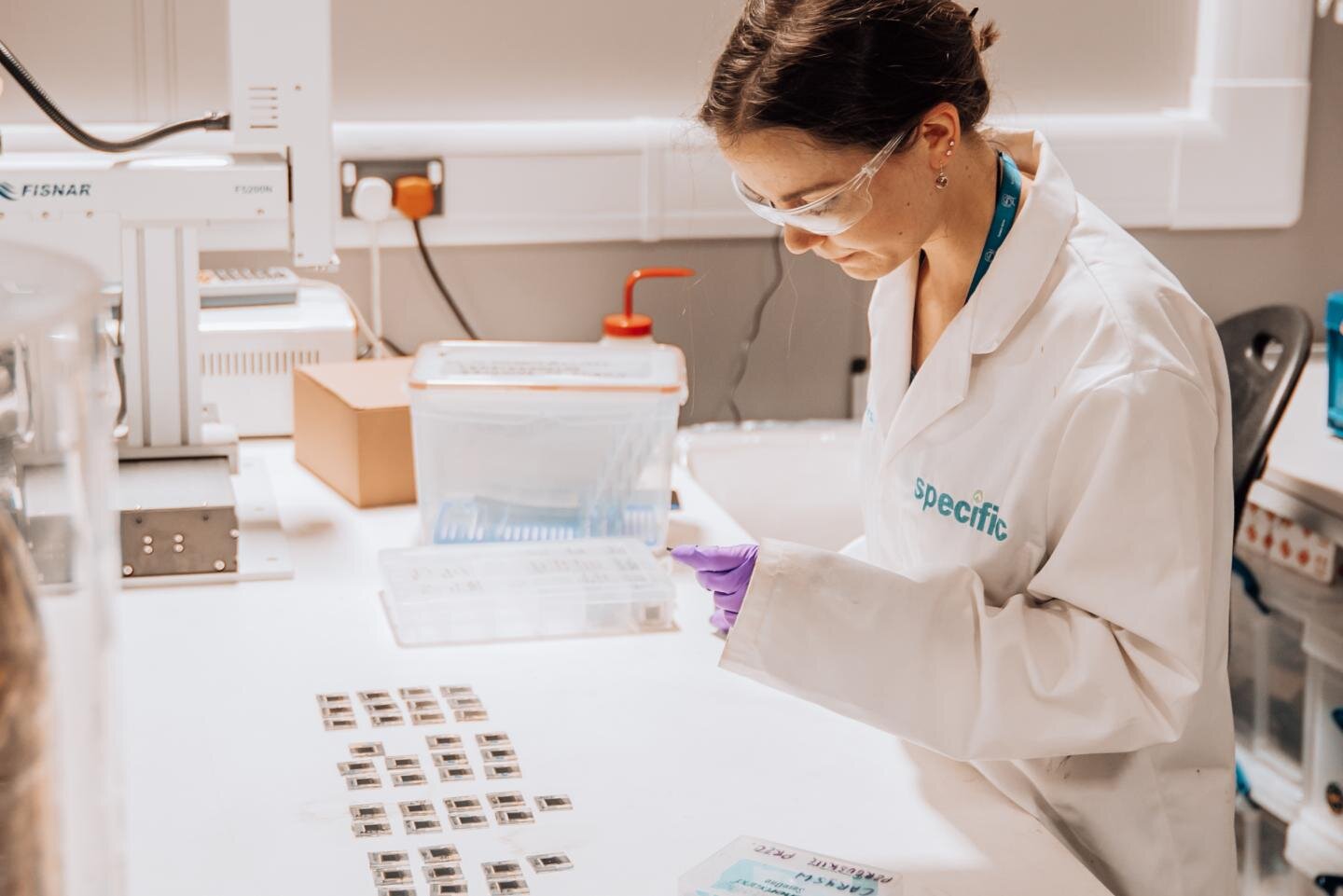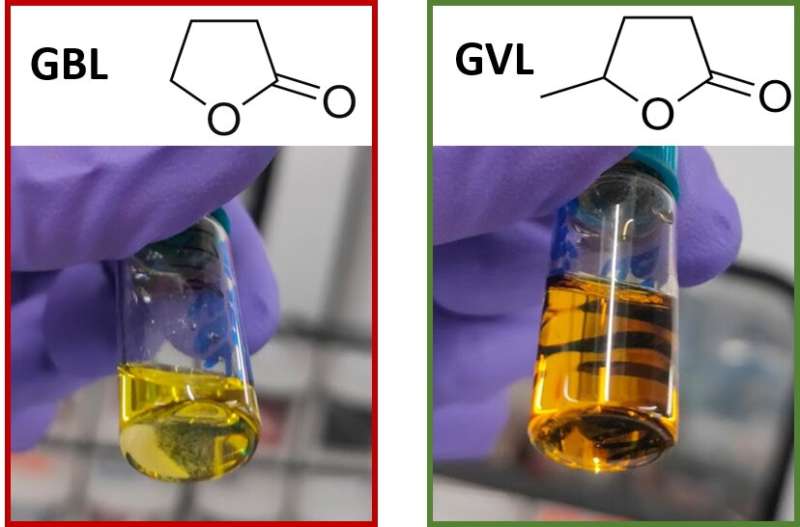
A safer, greener way to make solar cells: Researchers find replacement for toxic solvent

Scientists at SPECIFIC Innovation and Knowledge Centre, Swansea University, have found a way to replace the toxic, unsustainable solvents currently needed to make the next generation of solar technology.
Printed carbon perovskite solar cells have been described as a likely front runner to the market because they are extremely efficient at converting light to electricity, cheap and easy to make.
A major barrier to the large-scale manufacture and commercialization of these cells is the solvents used to control crystallization of the perovskite during fabrication: This is because they are made from unsustainable materials and are banned in many countries due to their toxicity and psychoactive effects.
SPECIFIC’s researchers have discovered that a non-toxic biodegradable solvent called γ-Valerolactone (GVL) could replace these solvents without impacting cell performance.
GVL’s list of advantages could improve the commercial viability of carbon perovskite solar devices:
- It is made from sustainable feedstocks
- There are no legal issues in its use around the world
- It is suitable for use in large-scale manufacturing processes
- It is non-toxic and biodegradable
Carys Worsley, who led the research as part of her doctorate, said:

“To be truly environmentally sustainable, the way that solar cells are made must be as green as the energy they produce. As the next generation of solar technologies approaches commercial viability, research to reduce the environmental impact of large-scale production will become increasingly important.”
Professor Trystan Watson, research group leader, added:
“Many problems need to be resolved before these technologies become a commercial reality. This solvent problem was a major barrier, not only restricting large-scale manufacture but holding back research in countries where the solvents are banned.
We hope our discovery will enable countries that have previously been unable to participate in this research to become part of the community and accelerate the development of cleaner, greener energy.”
An industrially viable competitor to silicon-based solar cells is in the works
Carys Worsley et al, γ‐Valerolactone: A Nontoxic Green Solvent for Highly Stable Printed Mesoporous Perovskite Solar Cells, Energy Technology (2021). DOI: 10.1002/ente.202100312
Citation:
A safer, greener way to make solar cells: Researchers find replacement for toxic solvent (2021, May 19)
retrieved 19 May 2021
from https://techxplore.com/news/2021-05-safer-greener-solar-cells-toxic.html
This document is subject to copyright. Apart from any fair dealing for the purpose of private study or research, no
part may be reproduced without the written permission. The content is provided for information purposes only.
Stay connected with us on social media platform for instant update click here to join our Twitter, & Facebook
We are now on Telegram. Click here to join our channel (@TechiUpdate) and stay updated with the latest Technology headlines.
For all the latest Technology News Click Here
For the latest news and updates, follow us on Google News.

